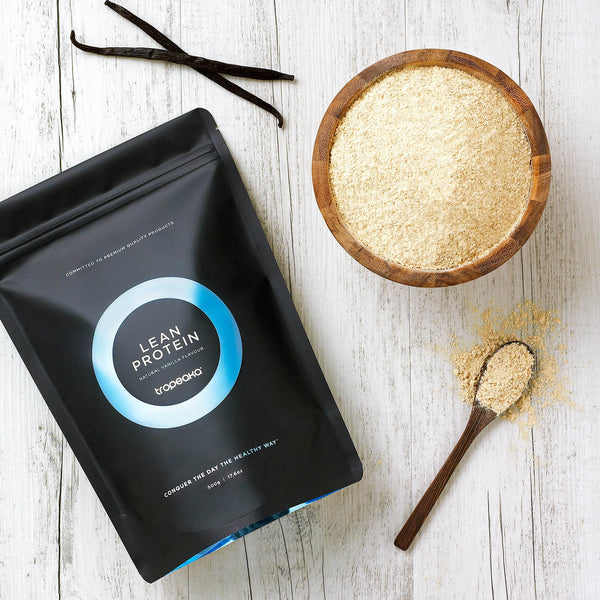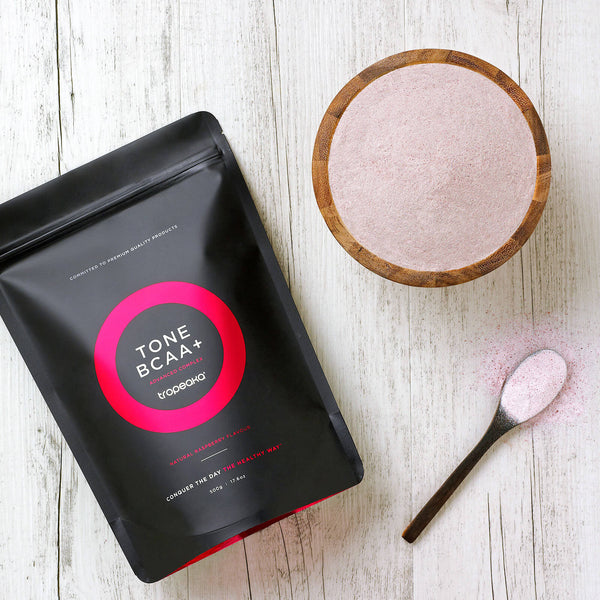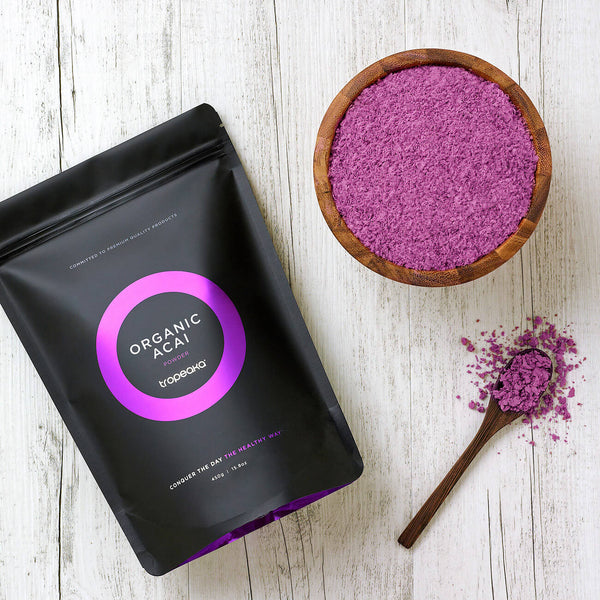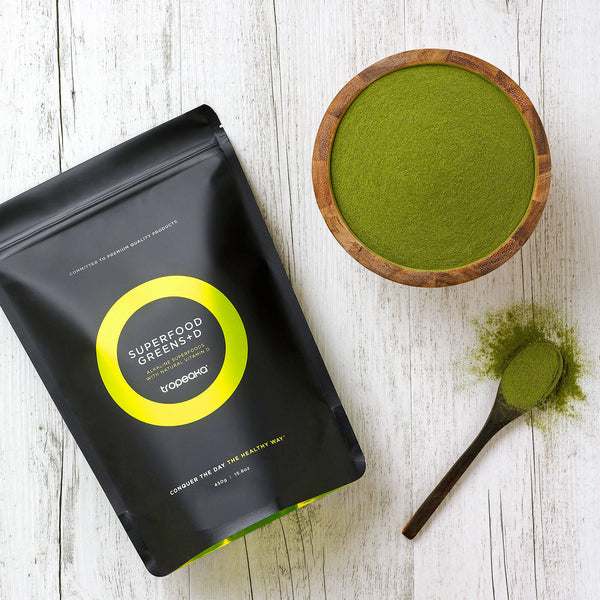As a natural, intuitive movement and one of the most simple forms of exercise you can do, you might expect running to be a pretty straightforward habit to get into.
H
owever, it can be a challenge to find your feet when you’re just starting out. Before you lace up your shoes, here are 8 helpful running tips for absolute beginners.
1
Invest in appropriate running gear
There’s lots of fancy running gear out there, and it may take some time and experimentation to figure out what works for you. While there are shorts, tops, tights, and layers designed to keep you dry and comfortable, investing in appropriate footwear is the top priority when you start running.

Running shoes vary just as much as feet do, so find a store that specialises in athletic footwear and ask for advice. Choose shoes designed for the type of running you plan to do and make sure you can wiggle your toes. Your feet should be snug, but your running shoes shouldn’t be tight.
As a beginner, the key is to challenge yourself without making it so hard
2
Start out easy and build up gradually
Even if you’re not new to exercise, your body needs time to adjust to the unique stresses and strains of running. New runners who build up their confidence and endurance with intervals of walking during their runs are much more likely to become long-term runners.

If speaking in complete sentences is too difficult while running, this is your cue to slow down and focus on controlled breathing. As a beginner, the key is to challenge yourself without making it so hard that you never want to run again.
3
Consistency over speed or distance
Starting every run as though a serial killer is chasing you with a chainsaw is a common mistake among new runners. Not only does this increase the risk of injury, but ending your run early due to fatigue can be a frustrating motivation killer.

Consistency is much more important than how fast or far you run, so establish a weekly running schedule to develop a habit. Start short and steady, and don't increase your training volume by more than 10% each week. A good place to start is 15-30 minutes of running, 3-4 days a week with rest days in between.
4
Always warm up and cool down
Before building up to your running pace, spend 5-10 minutes walking briskly to gently increase your heart rate, warm up your muscles, and loosen up your joints. Dynamic stretches and running drills are also excellent ways to warm up before a run.
Cooling down is equally crucial for injury prevention because it prepares your body for recovery by balancing the cardiovascular system and allowing more efficient blood flow. Ease out of your run into a very slow jog, and then walk for a few minutes before doing some static stretches to reduce muscle tightness.
5
Run tall and move efficiently
While there is no right way to run, absolute beginners need to know a few things about running technique. Firstly, a Google search returns an overwhelming amount of conflicting advice on how to master your footstrike, but running isn’t just about your feet; it's a whole-body movement. Rather than focusing on your feet:
- Keep your head lifted
- Feel long down your spine
- Level and relax your shoulders
- Land lightly on your feet
- Shorten your strides
- Don’t stick your bum out
An erect stance and neutral pelvis will help you land on the middle of your foot and roll to the front of your toes, but unless you experience shin splints or other problems, don’t overthink your footstrike. Just imagine you’re being pulled up by your hair and look towards the treetops.
6
Cross-train for balance
Your running program should include other aerobic activities too! Whether you cycle, swim, or skate, cross-training not only helps balance different muscle groups to prevent overuse injuries, but it also prevents boredom. As excited as you may be about running, strength training once or twice a week can also prevent injury and improve your running posture
7
Hydrate before and after your run
As dehydration can lead to fatigue, cramps, nausea, headaches, and poor coordination, it's essential to drink at least 500ml of water an hour before your run. On your longer runs, you may need to carry water with you – especially on hot days. Fortunately, many options that don't involve carrying a water bottle in your hand are available.

Start rehydrating during your cool down and add coconut water powder to your water to replace lost sodium and other electrolytes, which help your body absorb fluids and recover faster.
Running with a friend or group can keep you accountable when your motivation fades
8
Good nutrition is essential
What you eat before, during, and after running will impact your performance and recovery. Have a light, carbohydrate-rich snack 30-60 minutes before you start running, and avoid protein and fat before you run, as these take longer to digest and may cause discomfort or nausea. Apples and bananas are ideal!

Having a chocolate oatmeal protein smoothie within 30 minutes of finishing your run is a great way to aid recovery. The rolled oats in this recipe provide complex carbohydrates to replenish muscle glycogen, while the complete amino acid profile of the plant-based protein powder promotes muscle tissue repair.
Thanks to the addition of cacao powder, this recipe is also rich in the B-vitamins, magnesium and electrolytes necessary for energy and muscle recovery.
What’s your reason to run?
With so many physical, social and mental benefits, there are many different reasons why people run. Not only is it an excellent stress reliever and one of the most efficient ways to improve your aerobic fitness, but running also builds your mental resilience. Pushing beyond the feeling that 'this is too hard' is the real challenge of running, and there will be days when your motivation is low.

Running with a friend or group can keep you accountable when your motivation fades, but knowing your ‘why’ will also come in handy during these times. A running journal not only plans and tracks your progress, but it’s also a great way to stay connected to your reason to run.





